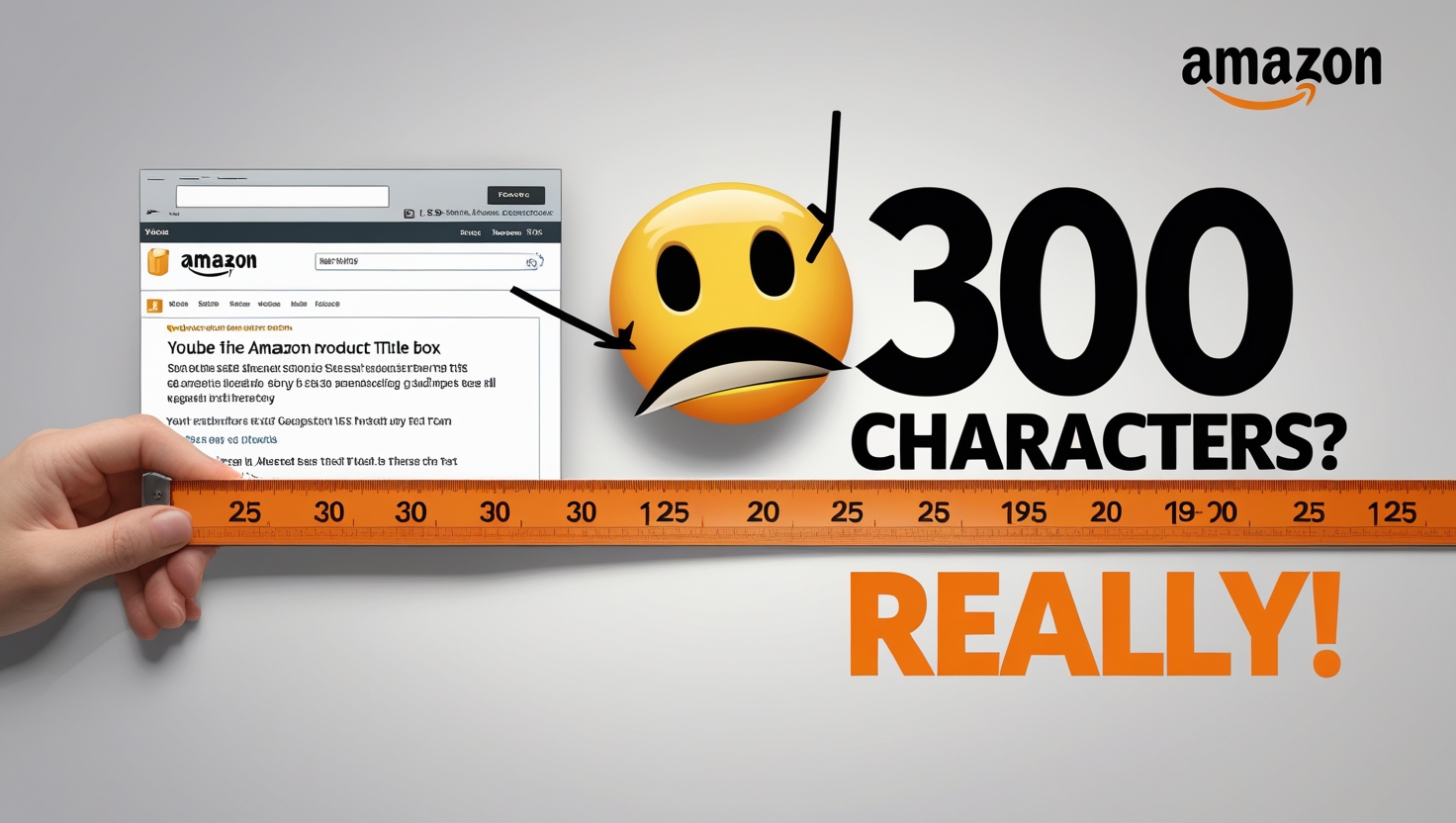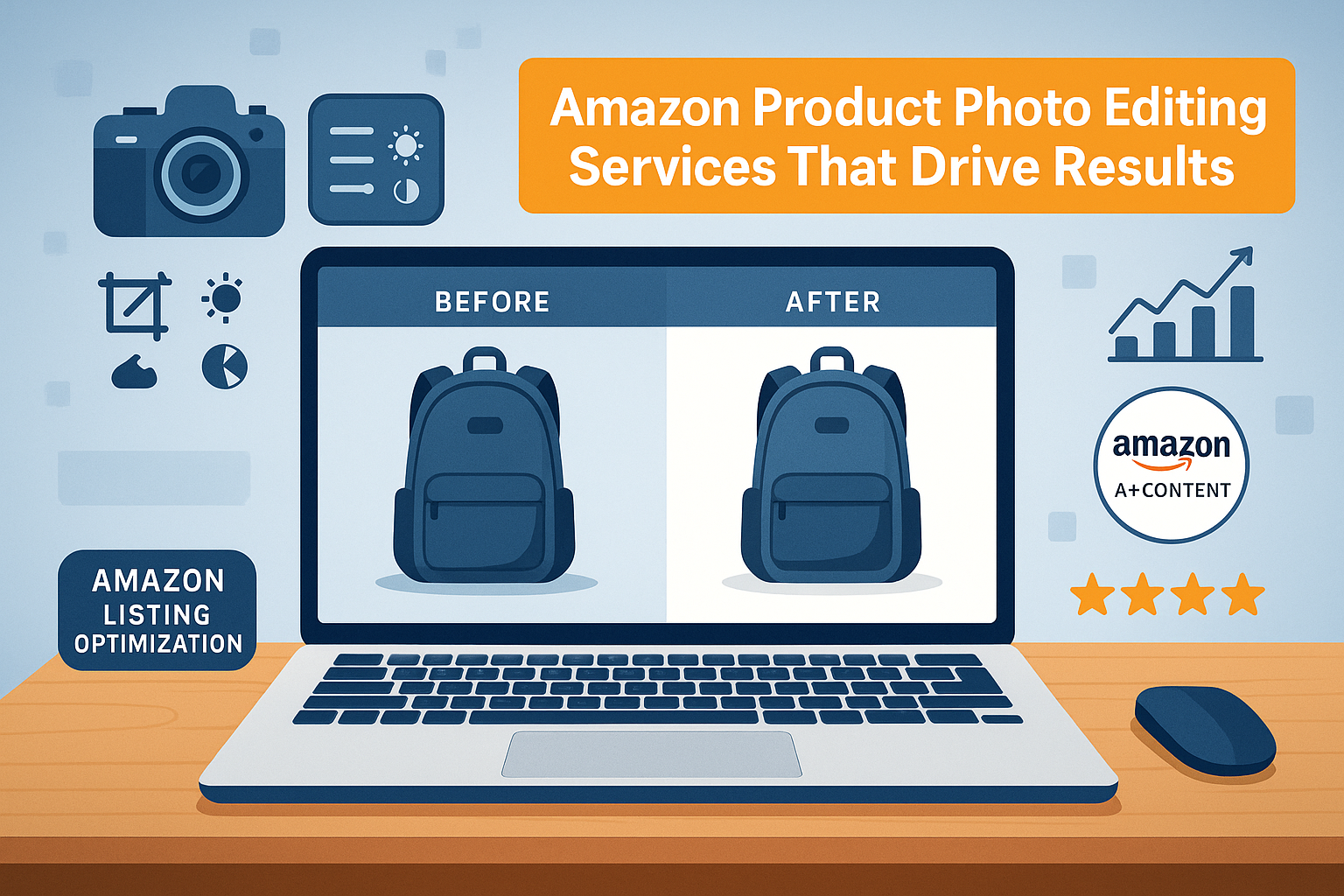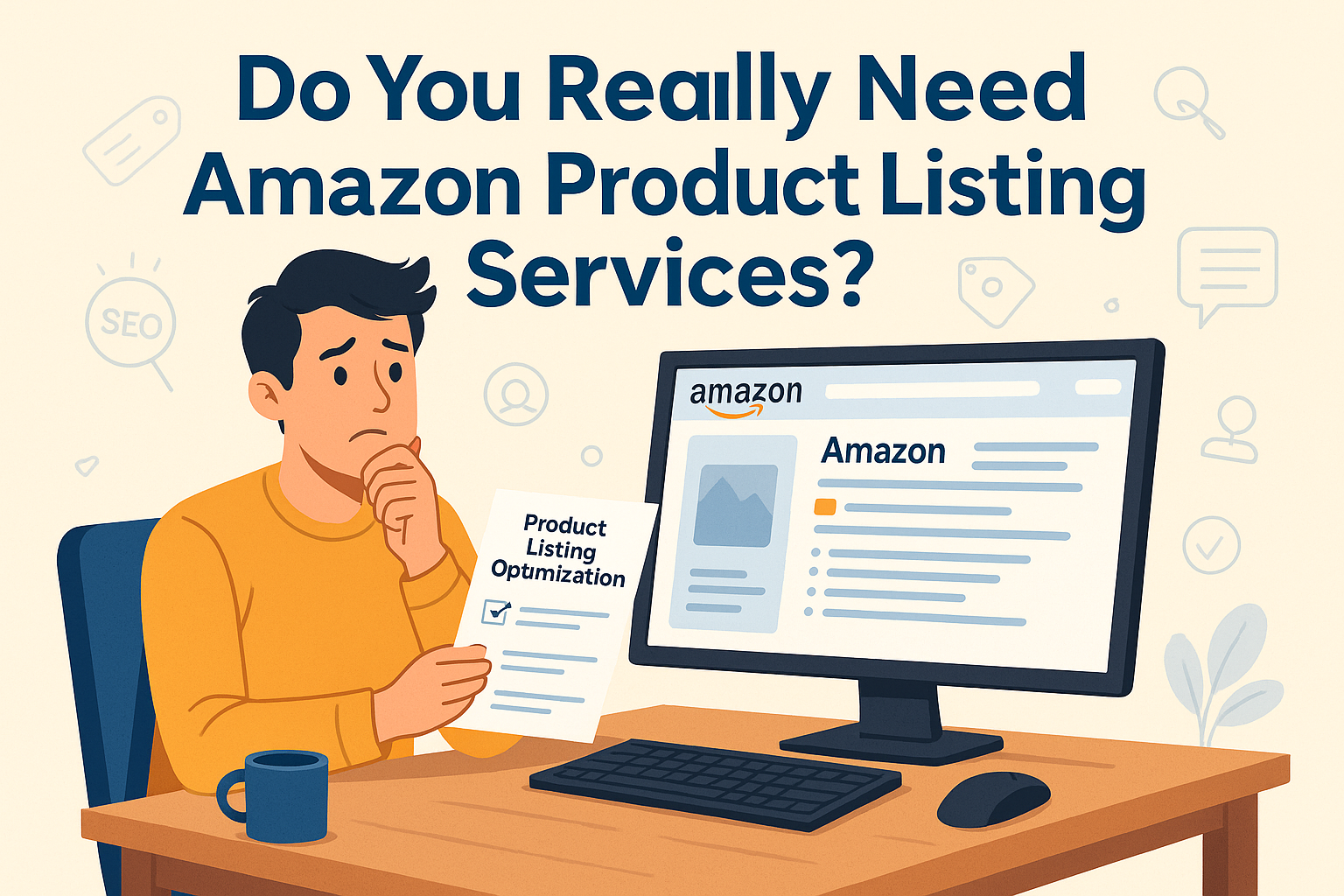Amazon Catalogue Services: Why Your Titles Should Be 300 Characters Long

Strong 8k brings an ultra-HD IPTV experience to your living room and your pocket.
If you’ve been selling on Amazon for a while, you’ve probably heard all sorts of advice about how to make your product listings stand out. One piece of advice that floats around is the idea that your product titles should be 300 characters long to maximize visibility. It sounds tempting, right? More space to cram in keywords, features, and benefits!
The 300-Character Title Myth: Why It’s a Bad Idea
Let’s address the elephant in the room right away. The idea that your Amazon product titles should be 300 characters long is simply not true. Amazon’s official guidelines state that product titles should not exceed 200 characters, and even within that limit, shorter is often better. In fact, Amazon recommends keeping titles between 60 and 150 characters for most categories to ensure they’re readable and effective.
So, where did the 300-character idea come from? It’s likely a holdover from the early days of Amazon selling, when some sellers thought longer titles meant more keywords, which meant better rankings. But Amazon’s algorithm (often called A9, now evolved into A10) has gotten a lot smarter. Today, it prioritizes relevance, readability, and customer experience over sheer keyword volume.
Here’s why a 300-character title is a bad idea:
It Violates Amazon’s Rules: Titles longer than 200 characters can get your listing suppressed or flagged. Amazon wants titles to be concise and customer-friendly, not a jumbled mess of words.
It Hurts Readability: A 300-character title looks like a wall of text—think “Stainless Steel Water Bottle 32 oz Insulated BPA-Free Leak-Proof for Hiking Gym Camping Outdoor Sports Travel Kids Adults Hot Cold 24 Hours.” It’s unreadable, and customers will scroll right past.
It Lowers Click-Through Rates (CTR): If your title is too long and cluttered, it won’t grab attention. A low CTR signals to Amazon that your listing isn’t appealing, which can tank your rankings.
It Risks Keyword Stuffing Penalties: Cramming too many keywords into a long title can trigger Amazon’s spam filters, especially if the keywords are repetitive or irrelevant.
The bottom line? Longer isn’t better. But that doesn’t mean you should skimp on your titles, either. The key is to find the sweet spot—and that’s where Amazon Catalogue Updating Services come in.
Why Title Length Matters on Amazon
Your product title is one of the most important parts of your listing. It’s the first thing customers see in search results, and it’s a major factor in how Amazon’s algorithm decides to rank your product. A well-crafted title does three things:
- Improves Discoverability: It includes the right keywords so your product shows up in relevant searches.
- Grabs Attention: It’s clear and compelling, encouraging customers to click.
- Boosts Conversions: It provides enough information to convince shoppers that your product is what they’re looking for.
But if your title is too long (or too short), it can backfire. A title that’s too long, as we’ve discussed, is unreadable and risks penalties. On the other hand, a title that’s too short—like “Water Bottle”—misses out on valuable keywords and doesn’t tell customers enough about your product to make them click.
Amazon Catalogue Updating Services are designed to help you strike the perfect balance. They use data, best practices, and a deep understanding of Amazon’s algorithm to craft titles that are just right—maximizing visibility while keeping things customer-friendly.
How Amazon Catalogue Updating Services Optimize Your Titles
So, if 300 characters is too long, what’s the right approach? Amazon Catalogue Updating Services take a strategic, data-driven approach to crafting titles that rank well and convert. Here’s how they do it:
Step #1: Stick to Amazon’s Guidelines
Pros know the rules inside out. They’ll keep your title under 200 characters (and often aim for 60-150 characters, depending on your category) to ensure compliance. For example:
Weak: “Water Bottle” (too short, missing keywords)
Pro: “32 oz Insulated Stainless Steel Water Bottle – Leak-Proof, BPA-Free, Ideal for Travel” (116 characters, keyword-rich, and readable)
This title is concise but packed with high-value keywords and benefits, making it both searchable and clickable.
Step #2: Prioritize High-Value Keywords
Amazon Catalogue Updating Services don’t just guess which keywords to use—they use tools like Helium 10, Jungle Scout, or AMZ Tracker to find the best ones. They’ll look for:
High-traffic keywords: Terms with lots of searches, like “insulated water bottle.”
Low-competition keywords: Niche terms with less competition, like “BPA-free water bottle for gym.”
Long-tail keywords: Specific phrases that signal intent, like “leak-proof water bottle for travel.”
They’ll then prioritize the most important keywords in your title, placing them near the beginning for maximum impact. For example, “Insulated” might come before “BPA-Free” if it’s a higher-traffic term.
Step #3: Focus on Clarity and Benefits
A good title isn’t just about keywords—it’s about speaking to the customer. Pros craft titles that highlight key benefits and make the product’s value clear. For example:
- Weak: “Stainless Steel Water Bottle 32 oz”
- Pro: “32 oz Insulated Stainless Steel Water Bottle – Keeps Drinks Cold for 24 Hours”
The pro version adds a benefit (“Keeps Drinks Cold for 24 Hours”) that makes the product more appealing, all while staying within the character limit.
Step #4: Avoid Redundancy and Filler
One of the biggest mistakes sellers make is repeating keywords or adding unnecessary words. For example, a title like “Water Bottle – Stainless Steel Water Bottle for Hiking” wastes space by repeating “Water Bottle.” Pros will streamline your title to make every character count, ensuring it’s concise and effective.
Step #5: Test and Tweak
Amazon Catalogue Updating Services don’t just set it and forget it—they monitor your listing’s performance and make adjustments as needed. If your title isn’t driving enough clicks, they might A/B test a new version with different keywords or phrasing. This data-driven approach ensures your title is always working as hard as possible.
Why You Need Amazon Catalogue Updating Services
You might be thinking, “I can write a title myself—I don’t need a service for that.” And sure, you can try. But crafting a high-performing Amazon listing is a lot harder than it looks. It’s a mix of data analysis, creative writing, and understanding Amazon’s ever-changing rules.
Amazon Catalogue Updating Services take the guesswork out of the process. They’ve got the tools, the experience, and the know-how to get it right. They’ll save you time, reduce your stress, and most importantly, get you results.
Real Results: What to Expect
So, what happens when you use Amazon Catalogue Updating Services to optimize your titles and listings? Here’s what sellers often see:
- Higher Rankings: Well-crafted titles with the right keywords get you on page one.
- More Clicks: Clear, benefit-driven titles drive higher click-through rates.
- Better Conversions: Optimized images and copy turn browsers into buyers.
- More Sales: Higher rankings and conversions lead to a steady stream of orders.
How to Choose the Right Service
Not all Amazon Catalogue Updating Services are created equal, so you’ll want to pick wisely. Here’s what to look for:
- Experience: Have they worked with products in your niche? Ask for case studies.
- Tools: Do they use industry-standard software like Helium 10 or Jungle Scout?
- Customization: Your listings should feel unique, not cookie-cutter.
- Transparency: They should explain their process and keep you in the loop.
- Reviews: Check what other sellers are saying about them.
It’s an investment, but when you start seeing your products climb the ranks and the sales roll in, you’ll know it was worth it.
Final Thoughts: Win with the Right Title Length
The idea that your Amazon titles should be 300 characters long is a myth—and following it could do more harm than good. Instead, focus on crafting titles that are concise, keyword-rich, and customer-friendly. Amazon Catalogue Updating Services can help you find the perfect balance, ensuring your titles (and your entire listing) are optimized to rank well and convert.
So, what’s your next move? Keep struggling with trial and error, or let the pros help you craft listings that win? If you’re ready to take your Amazon game to the next level, it’s time to invest in a catalogue updating service. Your products deserve to be seen—and with the right title, they will be. Let’s make it happen!
Note: IndiBlogHub features both user-submitted and editorial content. We do not verify third-party contributions. Read our Disclaimer and Privacy Policyfor details.




